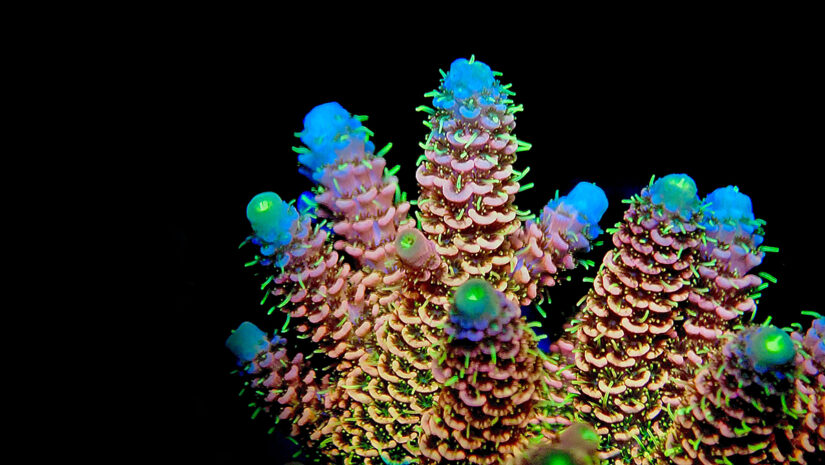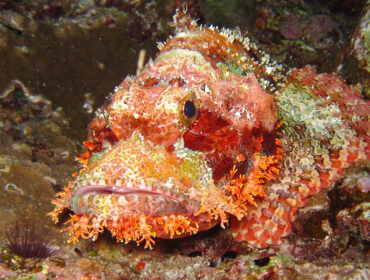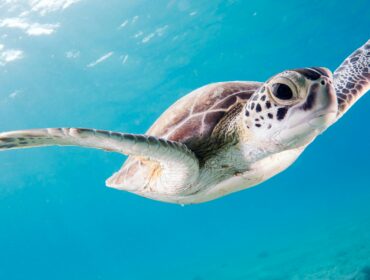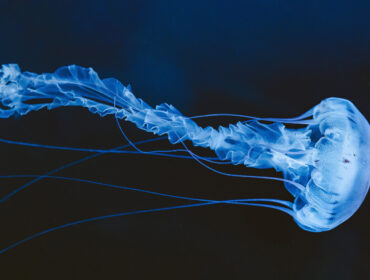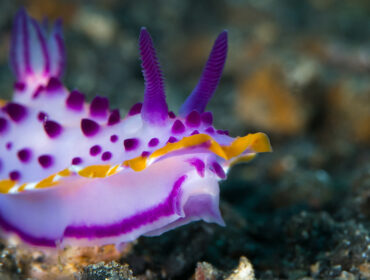Acropora coral are some of the most beautiful reef coral found in our planet’s seas. Some grow as vast tables, while others have tree-like branches or round habits like certain shrubs or bunches of flowers. However, they look like plants; corals are animals. They’re polyps that build skeletons of calcium carbonate around them and live in great colonies. The more beautiful types of Acropora coral have become popular in marine aquaria but can be challenging to keep healthy. However, they grow very quickly under the right conditions. Though there are nearly 150 species of Acropora coral, here are the three most recognized by divers and ocean enthusiasts.
Staghorn
Staghorn coral can be found in the Caribbean Sea, Australia’s Great Barrier Reef, the Gulf of Mexico, and the waters around Malaysia. This is a type of coral that has branches that resemble the antlers of deer. Some can grow up to six feet tall and can grow very quickly. Like most coral, it has a complicated reproductive biology and usually reproduces asexually. It can also reproduce sexually when the animal releases eggs and sperm into the water. Staghorn coral is considered critically endangered.
Acropora pulchra
This is another type of staghorn coral notable because the colonies can grow on massive plates. It’s often found in reefs, lagoons, and seas around Asia and Australia, with depths from three to 65 feet. This coral eats plankton through the polyps, catching it with their tentacles or from a symbiotic relationship with dinoflagellates. Like the other staghorn coral, it can reproduce both sexually and asexually. Unlike staghorn coral, Acropora pulchra isn’t considered endangered, though it’s sensitive to pollution and changes in the water temperature.
Cerealis Acropora
Acropora coral‘s beautiful cereals can sport a purplish coloring that can remind people of grape hyacinth or lavender. It’s found in the Great Barrier Reef and Fiji waters. Some are also found in the Indian Ocean, off the southeastern coast of Africa, and as far north as the horn of Africa. It has thin branches that interlock and often form shapes like clusters of flowers.

